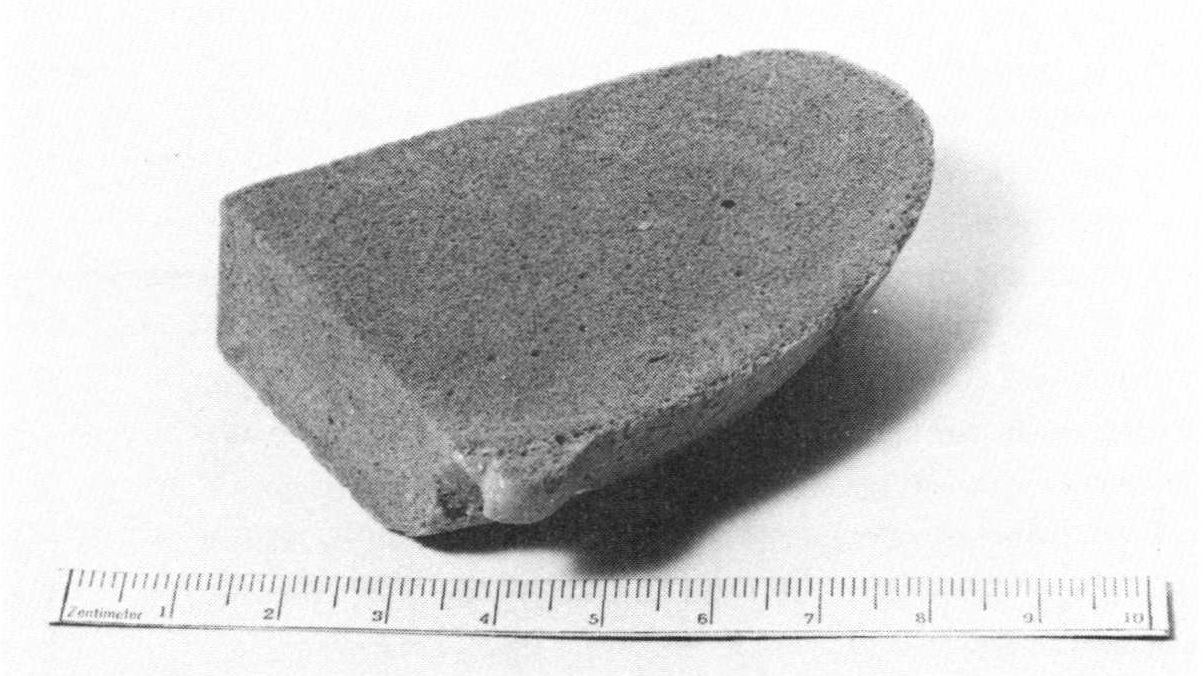This dissertation was prepared within the course of a research project, which aimed to recover load-bearing foam glass tiles with a high thermal insulation performance from used glass. A process was found which allows foam glass to be expanded from a mixture of powdered waste glass and an expanding agent at high temperature. As with all brittle materials, the manufacturing process has a decisive influence on the macroscopic fracture- and elastic behaviours of the foam glass. The management of the manufacturing process particularly influences the structure of the foam glass and the mechanical properties of its glass base material phases. For this reason it is evident that innumerable types of foam glasses are possible. For this reason we limited ourselves during the experimental investigations of the mechanical properties described later on to selected types made of waste glass.
These are “fine-celled foam glass” and the two coarse-celled foam glass types 1 and 2. They differ in the main due to the temperature profiles used during manufacture and in the composition of the starting mixtures. These three foam glass types were expanded in a muffle furnace (10kW power). For the fine-celled foam glass
1)In 1932 the soviet Russian I.I. Kitaigorodski first made reports concerning foam glass.
open moulds were used and for the foam glass types 1 and 2 scale-free steel moulds were used. They were coated with a mixture of quartz powder, bolus clay and water.
The following Fig. No. 2 shows the photography of a section of a “fine-celled foam glass sample”, whilst Fig. No. 1 shows a corresponding photo of coarse-celled type of foam glass type.

Fig. No. 2 Fine-celled foam glass sample